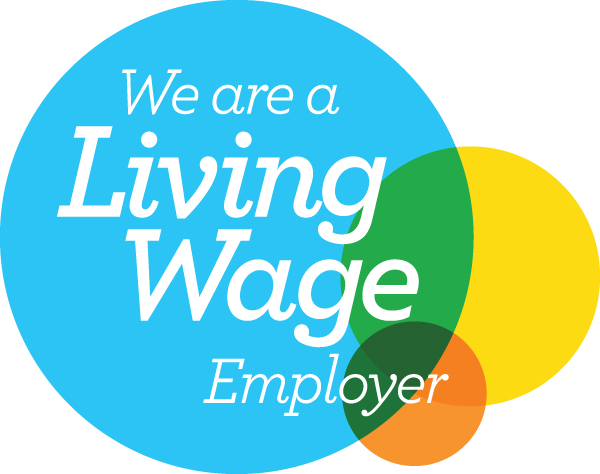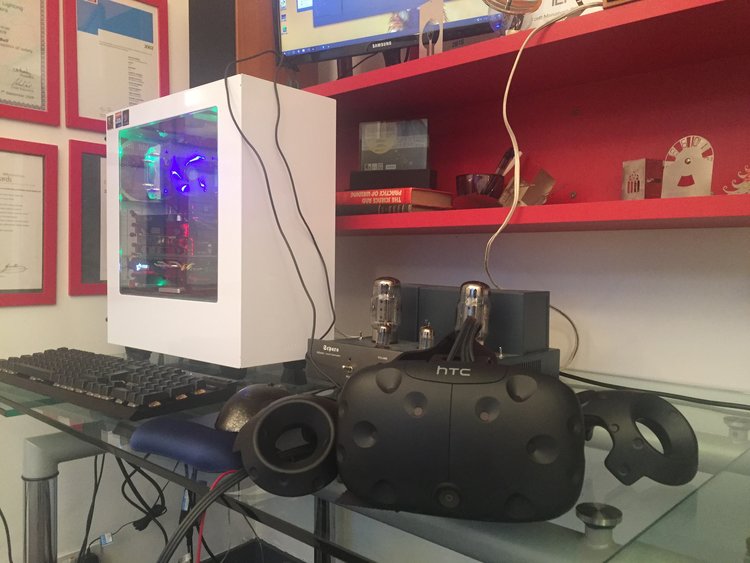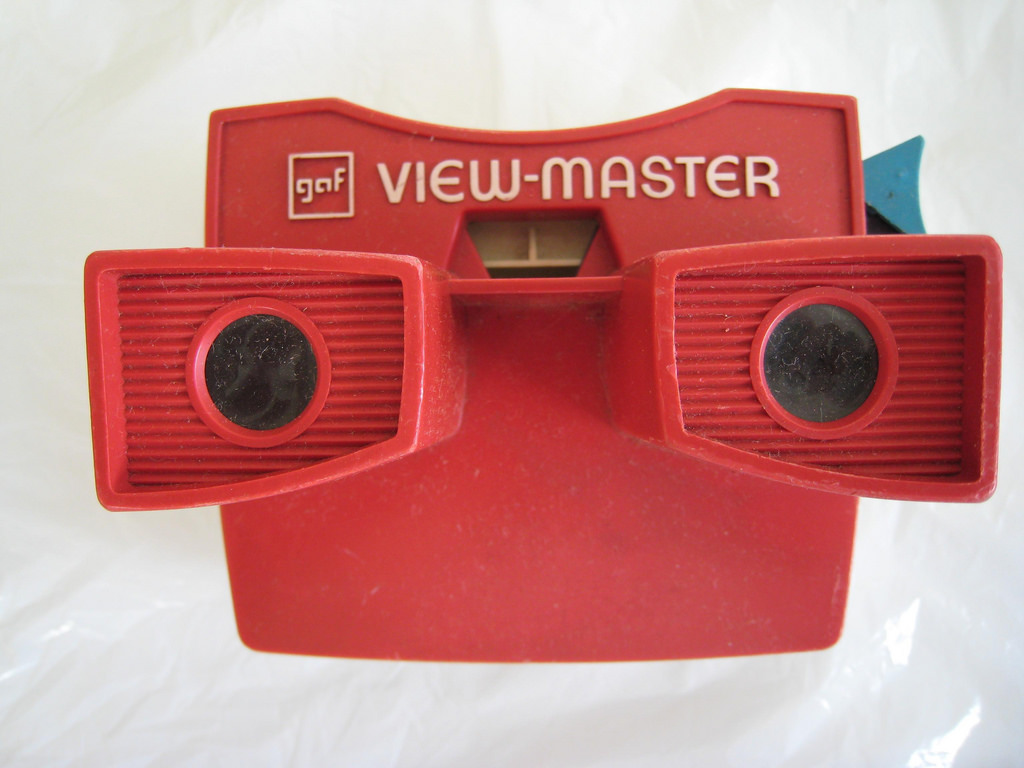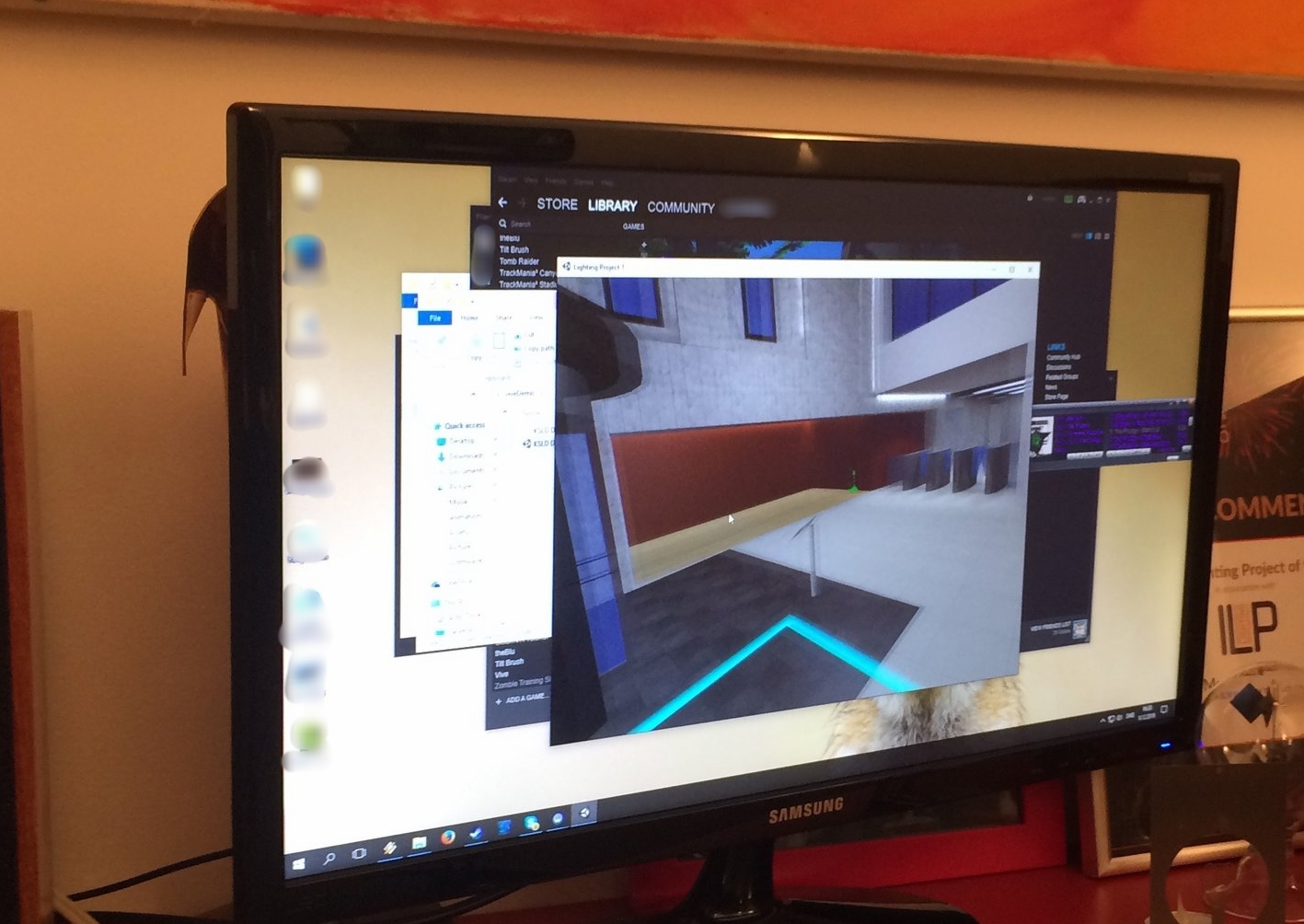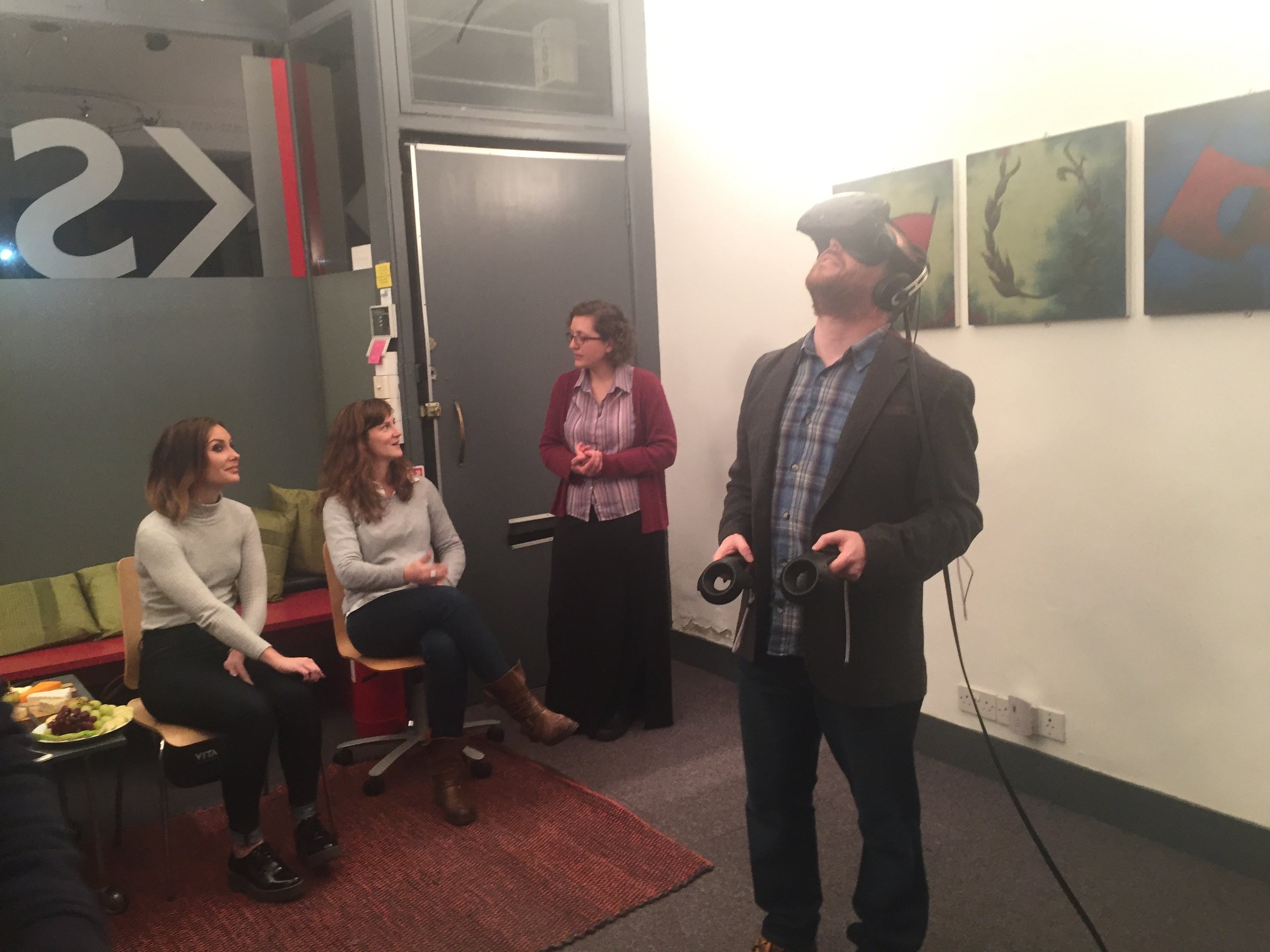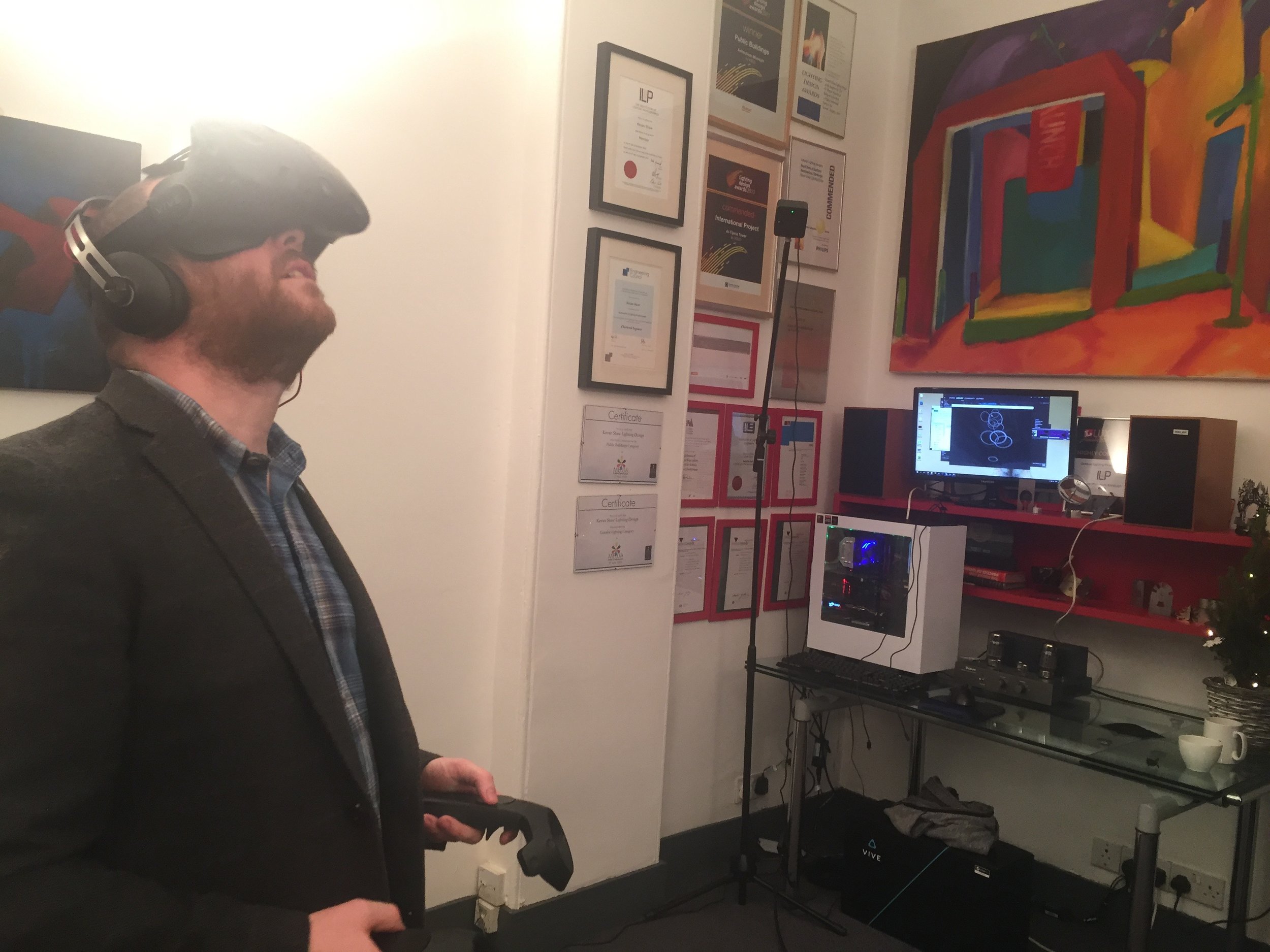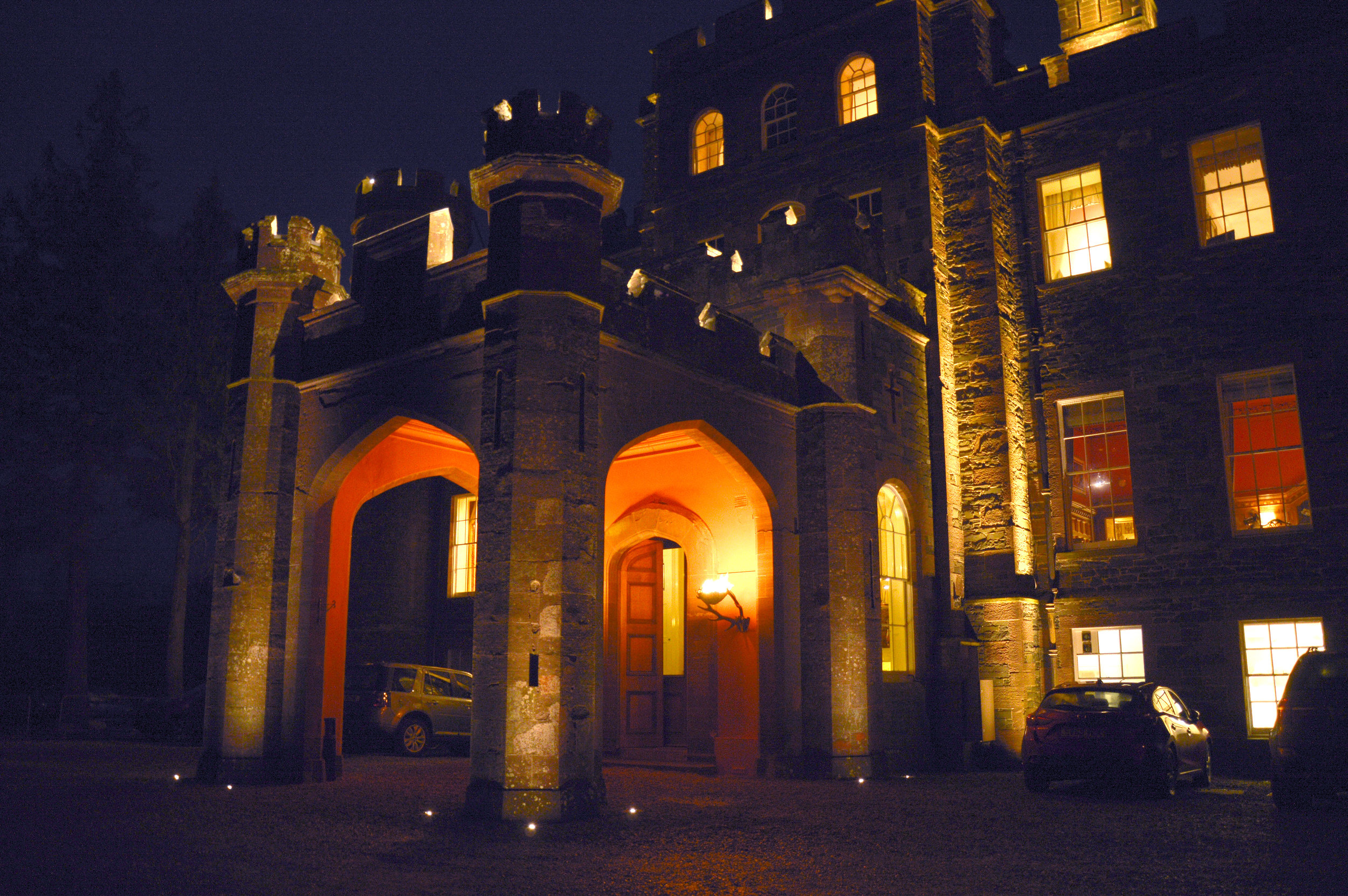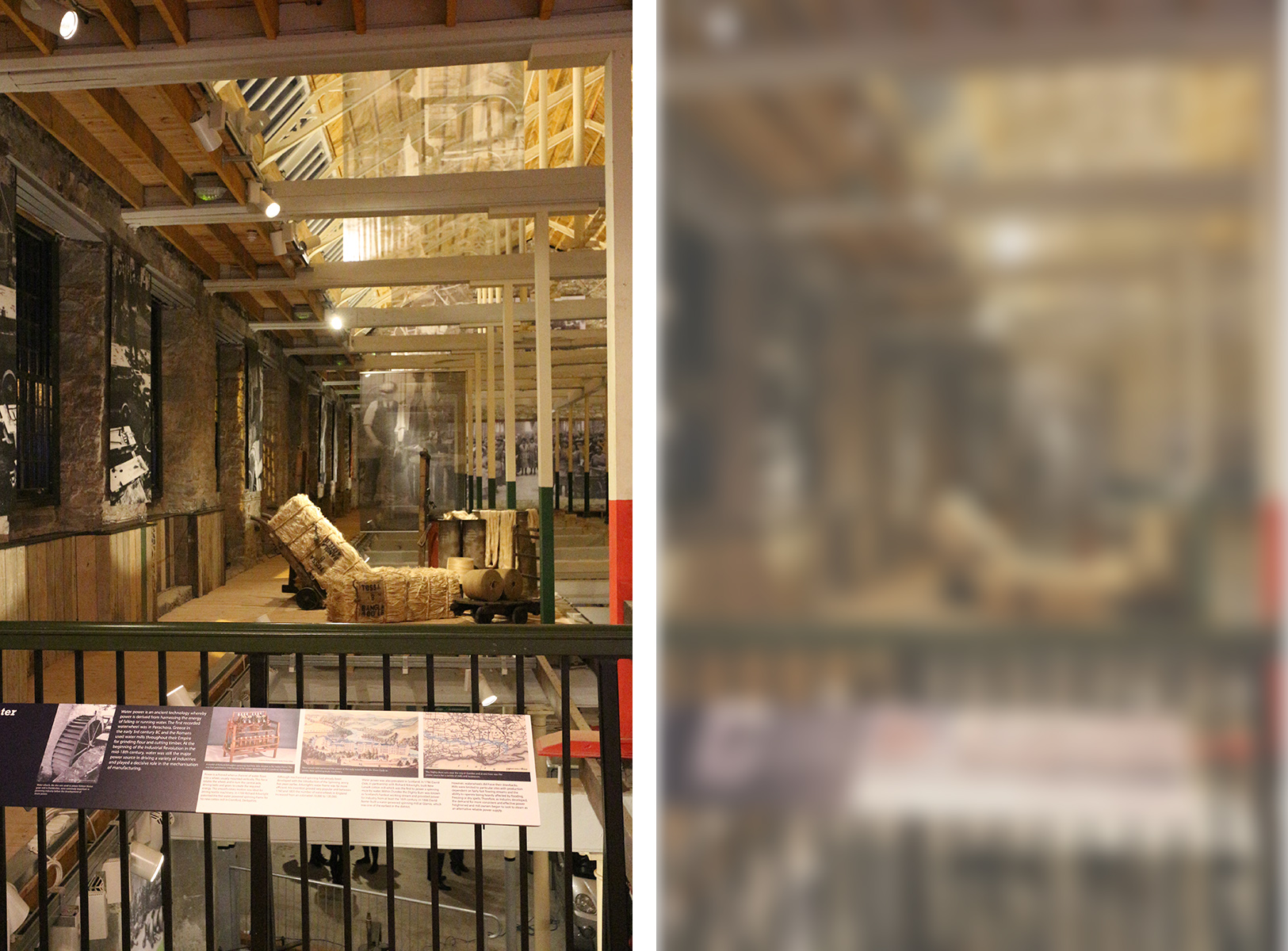The HTC-Vive is one of these headsets, and it’s the one I decided to buy for myself. The first time you try one of these high end headsets you realize how immersive they really are. You can walk around in the virtual space, pick up objects and look at them in detail.
You want to stand on the Empire State Building? No problem, “Google Earth VR” is out there and you can visit (or revisit) any part of the world.
You want to dive deep under water? Go ahead and try “TheBlu” and freak out when a whale swims next to you.
So that is all cool and fun stuff. But what about lighting design and architecture? Well... there is none. There are a lot of educational demos and experiences out there for medical, historic and biological purposes, but no architecture. So I decided to try to model up one of our projects at KSLD myself using Unity - a free development program. Add some textures, load it up in the headset and suddenly you stand in the middle of the project - in real life scale.
The lighting is a huge challenge by itself. linear lighting is not a standard thing you can just throw in a model and move around in real time when using Unity. A powerful computer like the one I own struggles when calculating these things and it took me a good while to get the lighting to look somewhat realistic.
With the problem of good looking lighting solved, I could create more models, try different environments like lobbies, bars and offices. I soon realized that I had quite a few models ready. I brought these in a demo to show the office along with a few invited designers, engineers, and decision-makers.
Putting the “First time in Virtual Reality” shock away, I got some really good feedback on the models and ideas of what to change and add.


